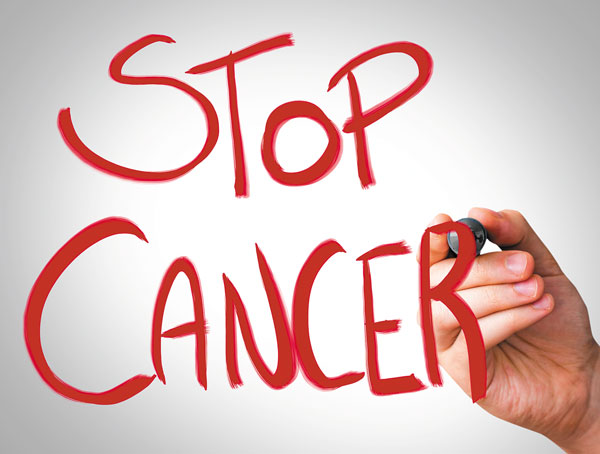The chances of survival of cancer have increased considerably over the last fifty years.
This is the conclusion of the Integraal Kankercentrum Nederland (IKNL; Comprehensive Cancer Center of the Netherlands) after an analysis of new survival figures for the period 1961-2015. The figures are derived from the Nederlandse Kankerregistratie (NKR; Dutch Cancer Registry). The Dutch Cancer Registry is a database that stores the data of all patients diagnosed with cancer in the Netherlands ( Neighbor country of Germany).

Some 64 percent of the people who got cancer in the 1960s died within five years. Those who had cancer in the past decade were twice as likely to still be alive five years later. The so-called ten-year survival rates also shows sharply better figures: from 32 percent between 1961 and 1970, to 54 percent between 2006 and 2010. In the coming years, the cancer center also expects a further increase in the chances of survival.
Types of Cancer
There are still many differences in the mortality rates of the different types of cancer. With breast cancer, the chance of survival has increased to almost 80 percent and in the case of colon cancer, that chance is almost 60 percent.
A lot of progress has also been made with types of cancers that were almost always fatal. The five-year survival rate with liver cancer has gone from 0 to 19 percent and with pancreatic cancer from 0 to 9 percent. With esophageal cancer, the survival rate increased from 10 to 24 percent.
There is also a clear increase in survival in patients with blood and lymphatic cancers, which can be attributed in part to the introduction of new treatments. Another positive development can be seen with melanoma, an aggressive form of skin cancer. With these cancer patients the five-year survival rate increased from 67 to 91 percent.
Men and Women
Types of cancer that occur exclusively in men, such as testicular and prostate cancer, show better survival rates than the types of cancer that occur exclusively in women such as cervical and ovarian cancer.
When looking at the age of the patient, it appears that older people have a lower chance of survival than younger people. According to the center, this is because older people are generally less fit to follow and complete intensive treatment. Frequently they also have more concomitant diseases such as diabetes and cardiovascular disease.
For almost all types of cancer applies: the earlier the stage of diagnosis, the higher the chance of an effective treatment and a longer time of survival. The cancer center explains the higher chances of survival through better medical care, population screening and concentration of complex surgery in specialized centers.
